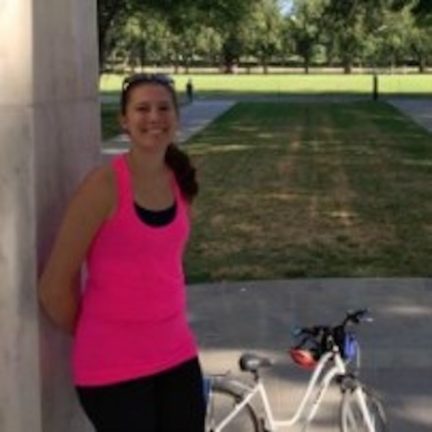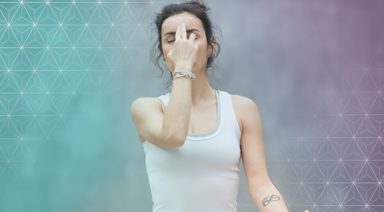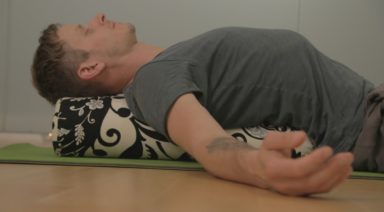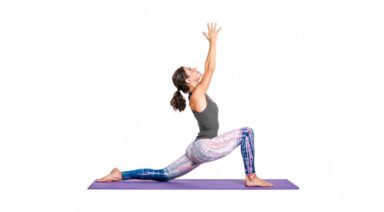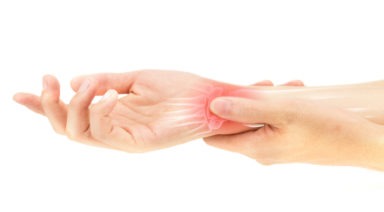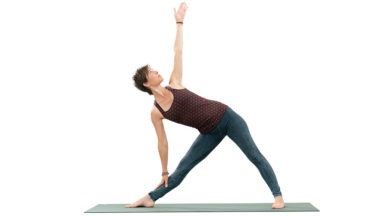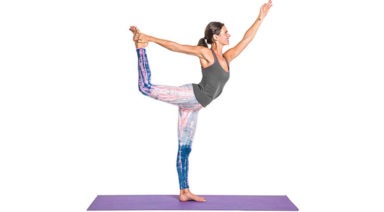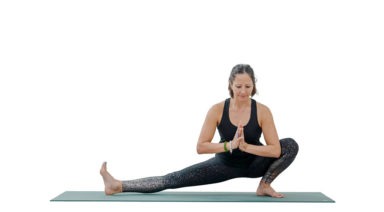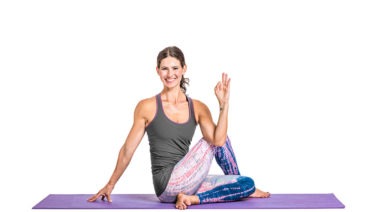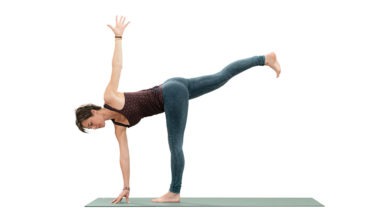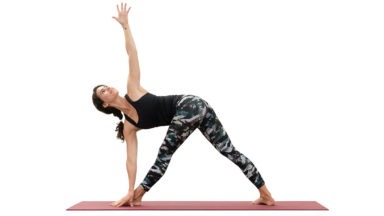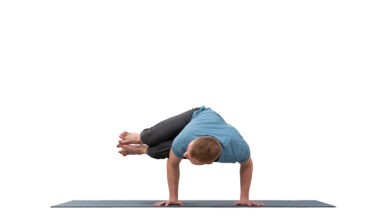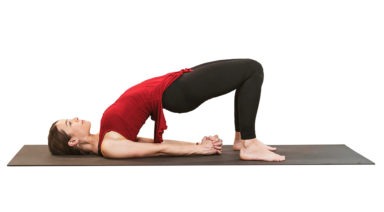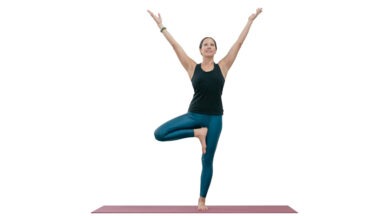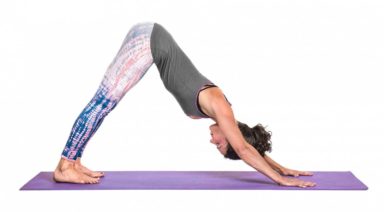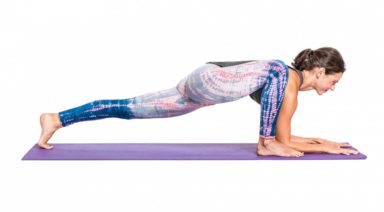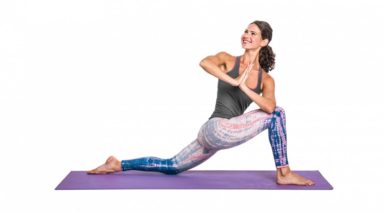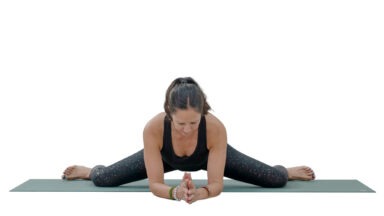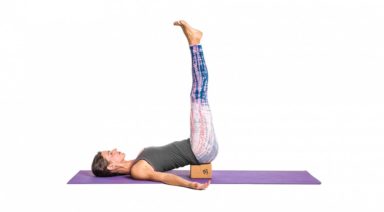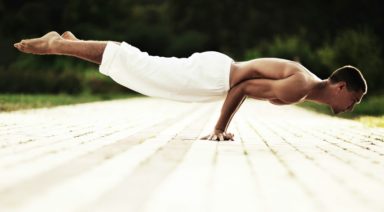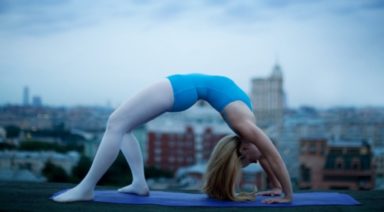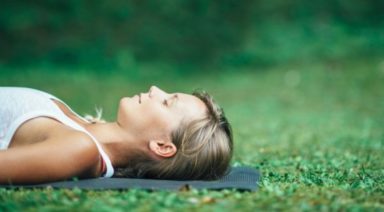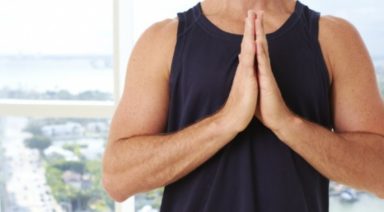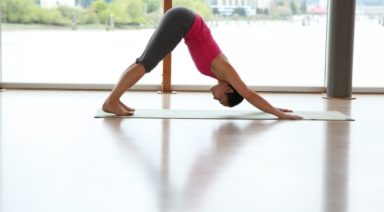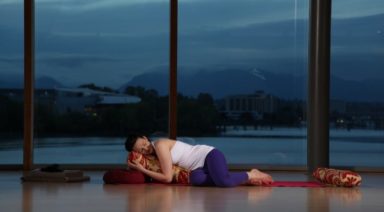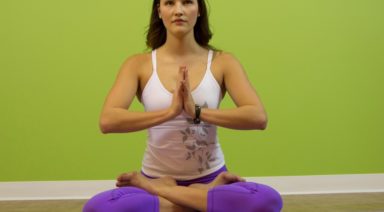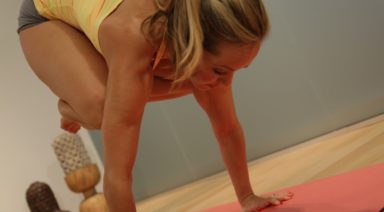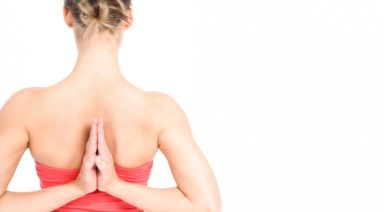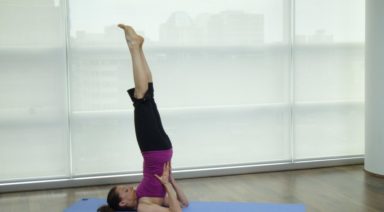Yoga and Lymphatic Circulation

According to Live Science, “the lymphatic system is a network of tissues and organs that help rid the body of toxins, waste and other unwanted materials,” including a fluid that contains white blood cells that help fight infections. You are probably most familiar with the lymph nodes in the lymphatic system, but the lymphatic system travels through your body from your tonsils and adenoids to your spleen. There are lymph nodes located around vital organs like your heart and lungs and in your armpit and near your groin area.
This internal system produces the antibodies necessary to kill bad actors in your body and prevent an infection in one part of your body from spreading to another. If your lymphatic system stops working, fluids begin to build up in your body and several different conditions can occur, including infections, swollen glands, blockages, autoimmune disorders, certain types of cancer, and lymphedema. Since the lymphatic system travels through so many parts of your body, it is crucial that we keep it healthy.
Yoga and Lymphatic Circulation
As you may know, yoga is one of the best practices for strengthening the body and reducing stress. What you might not realize is the role yoga plays in increasing circulation throughout the body. Increasing circulation helps allow the lymphatic system to transport good stuff and filter out the bad, which means that any amount or type of yoga will improve your lymphatic system.
Think of the lymphatic system as a super highway that filters toxins and circulates antibodies throughout your body. This system is critical to getting you better when you are sick. Moreover, unlike the way blood travels through the body, the heart does not control the pumping of the lymphatic system. Instead, the system moves by muscular contractions. Even more reason to strengthen your muscles.
One aspect of yoga that has dramatic effects on the lymphatic system is pranayama. Pranayama is the practice of deep, controlled breathing. By practicing these deep breaths, you are able to better circulate good fluids throughout your body and remove bad toxins.
Routine Maintenance of the Lymphatic System
Yoga poses that invert the legs and allow gravity to act on the lymphatic channels are particularly helpful to keeping the system flowing and functioning optimally. In addition to these type of poses, any dynamic postures that build heat and keep the body moving are also beneficial. For these yoga postures to be the most productive, focus more on your breath than perfecting the postures. Below are some sample poses to get you started:
Downward Facing Dog Adho Mukha Svanasana
A classic pose, but did you know that it builds strength throughout the body and improves the functioning of your immune system? To attempt this pose, firmly plant your feet at the bottom of your mat, then place your hands at the top of your mat so that your body forms an upside V. If you are already under-the-weather when you try this, have a block nearby to rest your head.
Cat-Cow – Bitilasana
By far my favorite yoga pose, Cat-Cow gets everything flowing with only moderate effort. First, go into Tabletop pose (your hands and knees firmly planted on your mat, with your toes pointed behind you). Now arch your back like a cat, letting your gaze fall to the floor in between your outstretched hands. Next, curve your spine the other way your body forms a U the other way. Your head should face towards the ceiling. Do this at least two dozen times, then rest in Child’s Pose to finish.
Sun Salutations are a great way to build strength and increase circulation throughout the body.
Standing Forward Bend – Uttanasana
Gather two blocks before planting your feet firmly on the back of your mat. Spread your feet a little wider than hip-widths apart and then rest your head on top of the bricks. Stay here for several deep breaths.
Other Practices to Improve Lymphatic System
- Water, water and more water. Drinking plenty of fluids is far and away the best method for improving and maintaining all of the systems in your body.
- Go for a brisk walk. Keep your arms and legs moving and walk faster than normal. This will jumpstart your lymphatic system and get all the good stuff flowing.
- In addition to the restorative yoga and low-intensity positions, there are other types of yoga for when you are sick, including Yin Yoga specially tailored to the winter cold and flu season.
Poses for a Weak Lymphatic System
I’ll be honest, I am the worst when I’m sick. Rarely do I feel like anything more than sitting on the sofa and watching reruns, much less partaking in a full yoga session. But, if you are able to get yourself up and moving, there are some low-intensity postures that can help a cold run its course faster so you can get back to feeling like yourself again.
A cold or allergies means that your lymphatic system is blocked. In addition to whatever your doctor recommends, include these chest-opening yoga postures into your get-well-soon regime.
Start by dimming the lights in the room and have extra blankets and blocks nearby, as the last thing you want to do is over-exert yourself. Feel free to turn any of these poses into supported poses. These postures should be done more like restorative yoga.
Bridge Pose is a great chest opener, but if you are feeling under-the-weather try the Supported Bridge Pose – Setu Bandha Sarvangasana – it is much easier on achy joints. Lie down on your mat with your palms down. Bending your knees, pull your heels towards your fingertips. Then push down with your hands to lift your hips up, while you slide a brick lengthwise under your torso. Lastly, pull your shoulder blades in towards each other as much as possible. You should feel your chest opening. Close your eyes and relax while gravity does the work for you.
Bow Pose – Dhanurasana
Traditionally best for strengthening your abdomen, but also stimulates your thymus gland and rejuvenates the parts of the lymphatic system closest to your chest. Try this pose when you have a lot of post-nasal drip flowing into your chest. Begin face-down on your mat – extra blankets are suggested for this one. Separate your legs on the mat about hips-width. Take several deep breaths. Then, as your release your breath, grab hold of your ankles so that your body is shaped like an archer’s bow. Continue to lift your thighs off the mat until you exhale and lower yourself back down to the mat. Repeat two to three times.
Cobra Pose – Bhujangasana
Often part of Sun Salutations, Cobra Pose is another ideal chest opener. Lie face-down on your mat and take several deep breaths. Place your hands, fingers spread wide, on the mat under your shoulders. Press your body into your mat and as you inhale, begin to straighten your arms. You will rise off the mat, except your hands and the tops of your feet. Keep your body tightened. Bend your head back slightly so your gaze moves from in front of you towards the ceiling. Hold this for your full breath, then come back to your mat and exhale. Repeat for a minute.
Extended Triangle Pose – Utthita Trikonasana (as pictured above)
Spread your legs wide so you take up the entire mat lengthwise. Your left foot should be pointed towards the front of the room; your back or right foot turned perpendicular to your front foot. Keep your abdomen tucked in. Put your left hand on your left ankle and hold on. Then, twist your right arm towards the ceiling and hold for three deep breaths. Now switch arms and hold for another three breaths.
Legs Up the Wall – Viparita Karani
Last, but not least, this pose lets gravity do the work so you can relax. Move your mat up against the wall at place a blanket or two on top. Lie on top of the blankets with your bottom against the wall and your legs going up the wall. You should form an “L.” Stretch out your arms so your torso and arms form a “T.” Then, close your eyes and lie there for at least fifteen minutes. I don’t know about you, but – sick or not sick – I could do this one all day!
Yoga Breathwork for Quick Sinus Relief
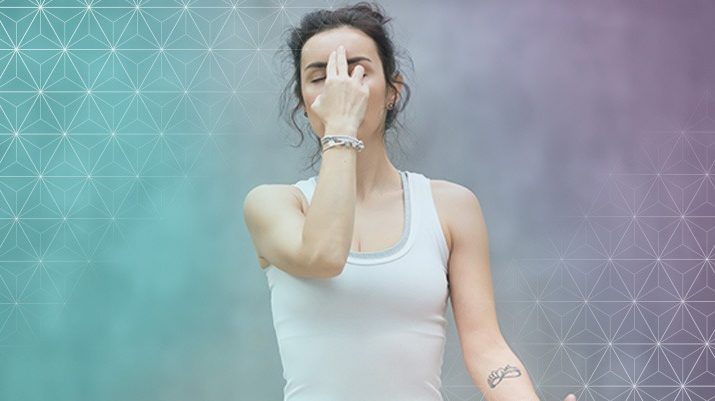
4 Minute Pranayama Kapalbhati Breathing Tutorial
Though it may seem counter-intuitive, breathing is another practice that can alleviate sinus discomfort. Try the following practices with a calm and relaxed demeanor, focusing on keeping your prana moving smoothly. You may wish to blow your nose, or better yet, use your neti pot before you try these exercises.
Belly Breathing
Lie on your back with your knees bent and your hands on your belly. Breathe deeply into the belly, focusing on expanding the belly like a buddha, then draw the breath and energy up through your ribs, chest and shoulders. Exhale the same way, deflating your belly, chest and shoulders, and squeezing all the air out of your belly. Find your own rhythm.
Calming Breath
Sit comfortably. Bring your right hand out in front of you, palm facing you. Fold your index and middle fingers into the palm. Place your ring finger on your left nostril to close it off. Breathe into the right nostril for two counts. Close off the right nostril with the thumb and hold the breath for two counts. Release the left nostril, exhale for two counts. Close off the left nostril and hold the breath for two counts. Try visualizing a square. If it feels uncomfortable to hold the breath, simply pause instead. Increase the count as you become comfortable, making sure that you are doing equal counts for each action.
Breath of Fire
In this practice, hold your hand over your navel, and practice forcefully exhaling out the nose repeatedly. Your belly should be pumping in and out. The force of the exhale will naturally draw in a new breath, so there is no need to inhale consciously. You may start this practice by gently panting, but it is important to eventually speed up the pace of this breath in order to stoke the “fire” of the breath.

